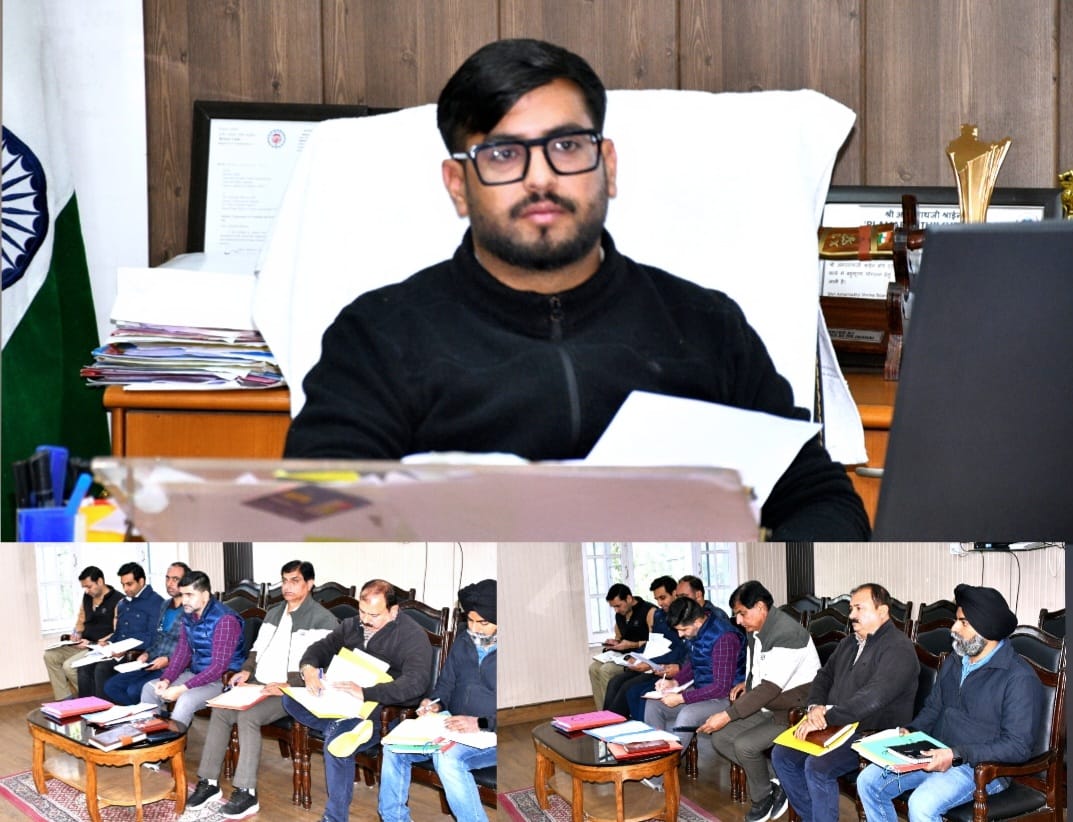GNS ONLINE DELHI
NEW DELHI, MAY 29:–A National Green Tribunal panel has recommended banning civil construction in the land subsidence-hit area in Jammu and Kashmir’s Doda district, and rehabilitating the affected families to a safer location.
In February, the authorities evacuated several families from their homes after they developed cracks and declared unsafe a mosque and a religious school for girls in the Nai Basti hamlet of Thathri town.
The situation had drawn similarities with Joshimath, the gateway to famous pilgrimage sites like Badrinath and Hemkund Sahib and international skiing destination Auli, which is facing a major challenge due to land subsidence.
The authorities, however, refused to compare the two.
The nine-member panel headed by the Jammu and Kashmir chief secretary submitted its report to the National Green Tribunal (NGT) last week. In the report, it suggested that people outside the affected area be immediately moved if major cracks emerge in their homes.
“No further civil construction within the affected area of Nai Basti may be allowed. In view of the coming monsoon season, the affected area needs to be under observation of the district administration. In case of any new sign of major cracks in houses outside the affected area, residents (are) to be evacuated immediately.
“As a precautionary measure, people living in houses outside the affected area and adjoining houses/structures not yet affected may also be asked to relocate to a safer place,” the report stated.
The experts in the panel recommended filling up the cracks with cement slurry well before the onset of monsoon to control the percolation of rainwater/surface water.
“The natural diversion and drainage channels within the area may be restored or renovated immediately so that the surface run-off could be diverted. Proper drainage and sewer plan for the entire area to be developed and implemented,” they said.
The committee said construction outside the affected area can be allowed only after geo-technical assessments such as soil bearing tests.
“No subsurface engineering activity may be allowed within an area circumscribing 500 metres of the affected location,” it said.
Since the affected area is situated just above the Chenab river channel, it suggested constructing a gabion wall of suitable dimension on the riverside to stop erosion.
The panel said a retention wall of around 400 metres with weep holes can be constructed near the base of the landslide area (at the toe of the slope) at the road level to stop further slope failures.
The affected settlement came up majorly on village pasture land prior to 2014 when Thathri became a municipality, the report stated.
The panel said in its report that it did not observe any “extant construction by-laws applicable”.
“…no retaining wall with weep holes, or planned drainage or sewage disposal structures were observed in the affected area”, except unplanned PVC pipes for sewerage disposal, it said.
Soil bearing capacity assessment and other feasibility studies “also would not have been carried out” prior to their construction, according to local officials.
The experts said a physical inspection of cracks revealed horizontal, lateral and vertical displacements of up to 50 cm, affecting a total area of 8,000 metre square.
They recommended that a detailed landslide hazard zonation of the entire town be conducted, preferably by the Geological Survey of India, in view of its similar geological and geomorphologic set-up.
The committee also said heavy rainfall (201.2 mm) between January 20 and January 31 might have resulted in saturation of the soil and triggered landslides.–(PTI)















 Users Today : 144
Users Today : 144 Users Yesterday : 225
Users Yesterday : 225